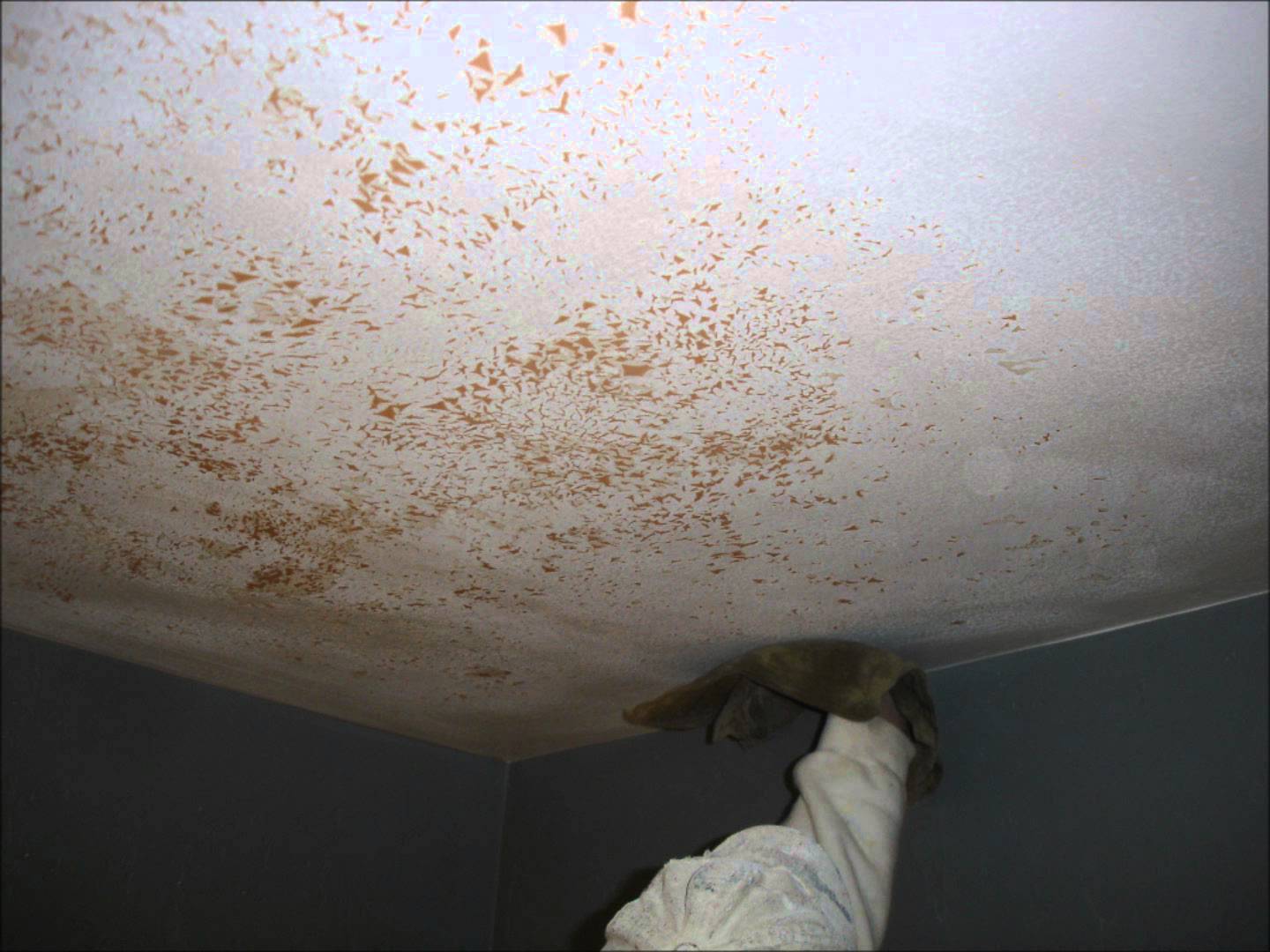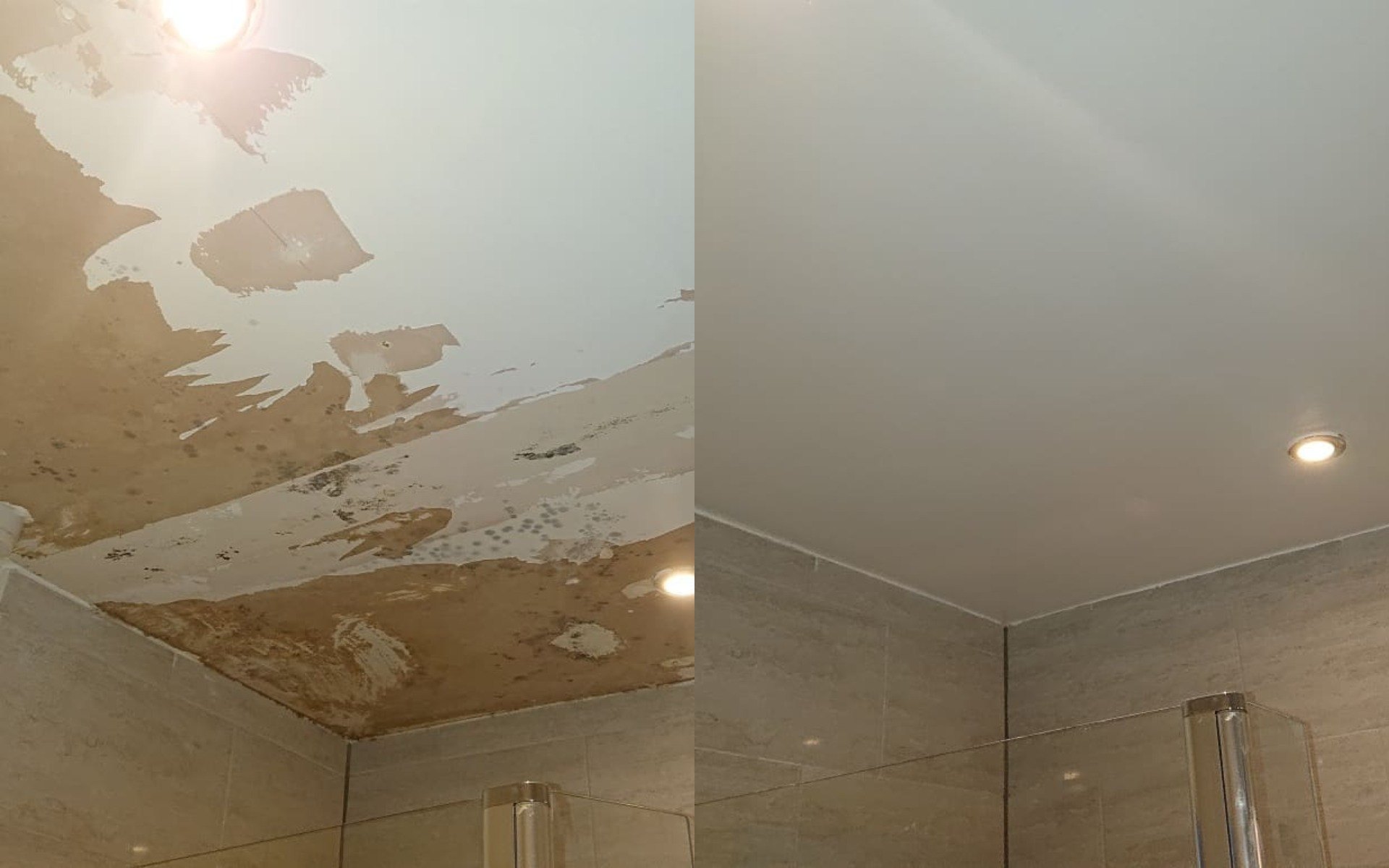Causes of Paint Peeling in Bathrooms

The sight of peeling paint in a bathroom can be disheartening, signaling a potential problem that needs addressing. This unsightly issue can be caused by a variety of factors, primarily related to the unique environment of a bathroom. Let’s delve into the common culprits behind this paint peeling phenomenon.
High Humidity and Moisture Buildup
Bathrooms are naturally prone to high humidity levels due to frequent showers, baths, and steam. This excess moisture can permeate the paint, causing it to soften, bubble, and eventually peel away from the wall. The constant presence of water vapor creates an environment where paint can’t properly adhere to the surface, leading to peeling.
Poor Ventilation, Paint peeling in bathroom
Proper ventilation is crucial for maintaining a healthy bathroom environment. Inadequate ventilation allows moisture to linger, exacerbating the issue of high humidity. Exhaust fans are essential for drawing out excess moisture and preventing it from accumulating on walls, leading to paint peeling.
The Impact of Paint Type
The type of paint used can significantly impact its susceptibility to peeling in a bathroom. Water-based paints, also known as latex paints, are generally preferred for bathrooms due to their quick drying time and low odor. However, they are more prone to peeling in humid environments compared to oil-based paints. Oil-based paints, while more durable and moisture-resistant, have a longer drying time and emit strong odors, making them less ideal for bathroom use.
Mold and Mildew
Mold and mildew are notorious for their ability to thrive in damp environments like bathrooms. These microorganisms can grow beneath the paint, causing it to lift and peel away. Mold and mildew produce spores that can trigger allergies and respiratory problems, making their presence a serious health concern.
Preventing Paint Peeling in Bathrooms

The battle against paint peeling in bathrooms is a constant struggle, but with the right knowledge and tools, you can conquer this common problem. Preventing paint peeling involves understanding the enemy—moisture—and implementing strategies to keep it at bay. This means creating a healthy environment for your bathroom walls, one that discourages paint from lifting and flaking.
Creating a Moisture-Resistant Environment
Moisture is the primary culprit behind paint peeling in bathrooms. It seeps in through steam, condensation, and even leaks, weakening the bond between the paint and the wall. Creating a moisture-resistant environment is crucial to prevent this from happening.
- Ventilation is Key: Ensure your bathroom has adequate ventilation. A properly functioning exhaust fan should be turned on during and after showers to remove excess moisture. If your bathroom lacks a fan, consider installing one or opening a window during and after showers to allow for air circulation. A well-ventilated bathroom helps to keep the humidity levels down, reducing the risk of paint peeling.
- Dehumidifiers for Damp Bathrooms: For particularly humid bathrooms, consider using a dehumidifier to extract excess moisture from the air. A dehumidifier can help to create a drier environment, preventing condensation from forming on the walls and leading to paint peeling.
- Regular Cleaning: Clean your bathroom regularly to remove soap scum, mildew, and other grime that can trap moisture and contribute to paint peeling. Use a mild cleaner and a damp cloth to wipe down the walls, paying attention to areas around the shower and tub.
